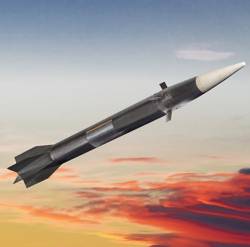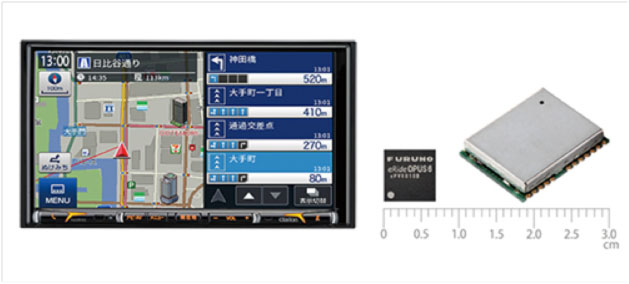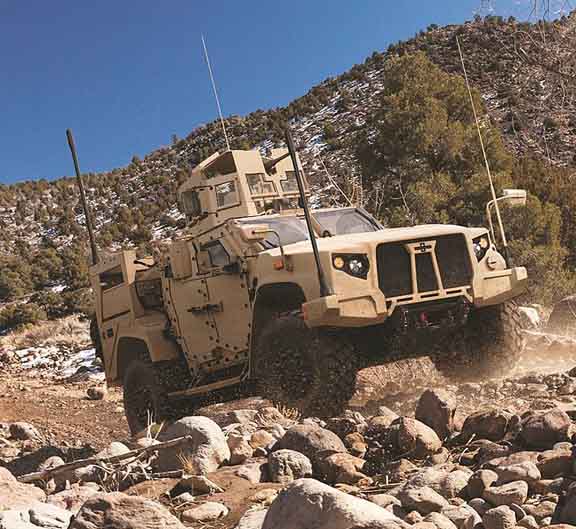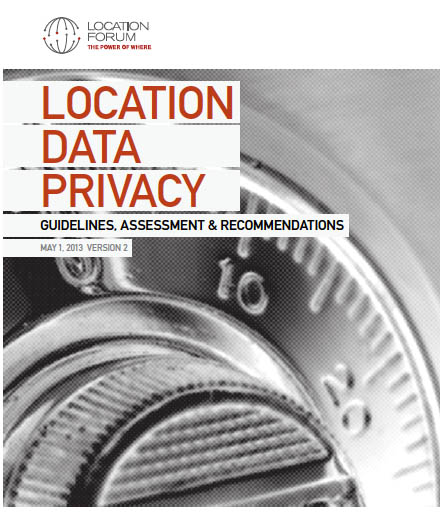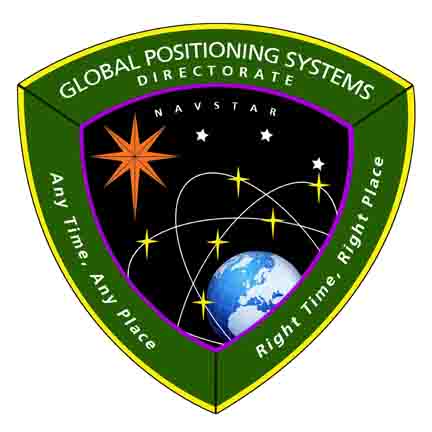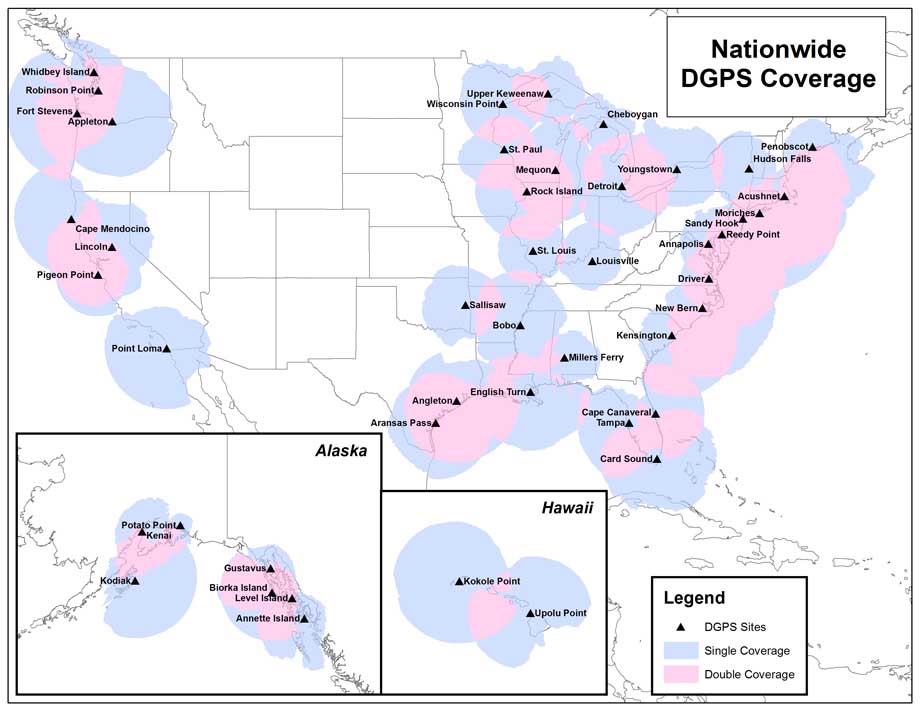Ligado Lobbying Expenses Jump as Election Looms, Near-GPS Spectrum Sought

With control of Congress increasingly up in the air and a new administration due to take the reins in six months, organizations around Washington, are working hard to get friendly provisions in place before sympathetic officials have to change jobs.
Public records show that would-be broadband provider Ligado Networks, which hopes to rezone frequencies neighboring those used by GPS despite a proven interference risk, is on track to double its lobbying expenditures this year.
By Dee Ann Divis

